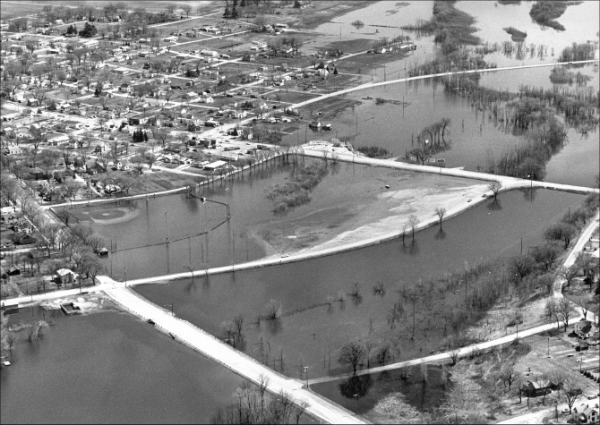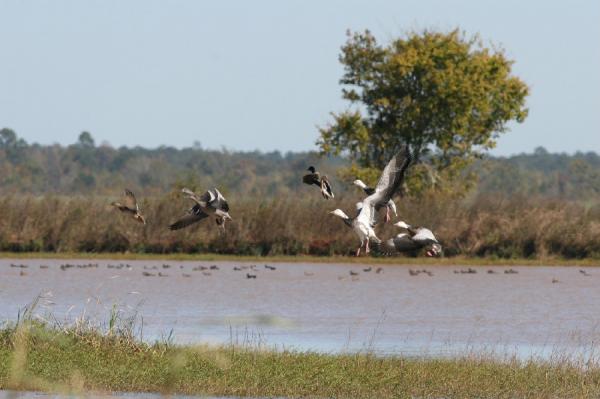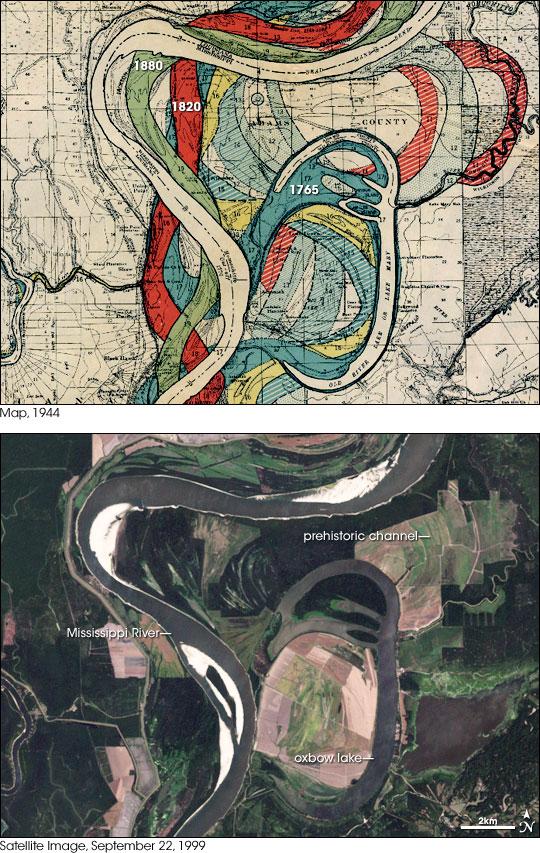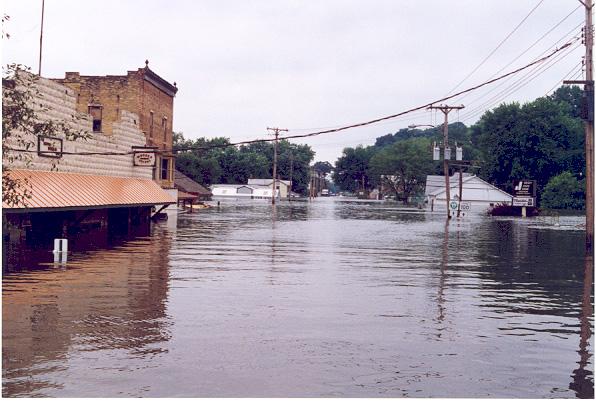Mightiest Floods of the Mississippi River

Intro

With the Mississippi River nearing record levels on May 2, the U.S. Army Corps of Engineers blew up a levee to save the small town of Cario, Ill., from devastating flooding.
In the past, cities on the river haven't been s fortunate. The Mississippi River is known for its epic floods and these destructive events led to the creation of levees along North America's longest river . Here, we count down the mightiest floods of the Mississippi River.
April 1965 flood of the Upper Mississippi River

In 1965, flooding hit towns along the upper Mississippi, including Wabasha, Minn., pictured above. One of the hardest hit was the town of Clinton, Iowa, where flooding caused $5 million in damage.The river swelled to nearly 30 feet (9 meters) in towns in Iowa. After the flooding, levees were built to withstand future floods.
Lower Mississippi Flood of 1983

This was the second most severe flood in the lower Mississippi Basin in 56 years. Red River Landing in Louisiana flooded for 115 days. Damages totaled $15.7 million.
The Great Flood of 1844

This flood was the biggest ever recorded on the Missouri River and Upper Mississippi River in terms of water discharged. Levees were nearly non-existent at the time so the flood was devastating. Among the hardest hit were the Wyandot people, who lost 100 members of their tribe from diseases that occurred after the flood.
The flood also is the highest recorded for the Mississippi River at St. Louis. After the flood, Congress in 1849 passed the Swamp Act providing land grants to build stronger levees.
The Great Flood of 1993

Flood waters surged along the Mississippi and Missouri Rivers and their tributaries in the Midwest, from April to October 1993. The flood caused $15 billion in damages.
Get the world’s most fascinating discoveries delivered straight to your inbox.
The flooded area totaled around 30,000 square miles (80,000 square km) and was the worst such U.S. disaster in 66 years, as measured by duration, square miles inundated, persons displaced, crop and property damage and number of record river levels.
The Great Mississippi Flood of 1927

This flood was the most destructive river flood in the history of the United States. It began when heavy rains pounded the Mississippi in the summer of 1926. By September, the Mississippi's tributaries in Kansas and Iowa were swollen to capacity.
On New Year's Day of 1927, the Cumberland River at Nashville topped levees at 56.2 feet (17 m), a level that remains a record to this day, even exceeding the devastating 2010 floods.
To make matters worse, on April 15, 1927, 15 inches (380 mm) of rain fell in 18 hours. The Mississippi River broke out of its levee system in 145 places and flooded 27,000 square miles (70,000 square km). This water flooded an area 50 miles wide and more than 100 miles long (80 by 161 km). The area was inundated up to a depth of 30 feet (10 m).
The flood caused over $400 million in damages and killed 246 people in seven states. Arkansas was hardest hit, with 14 percent of its territory covered by floodwaters.
As the flood approached New Orleans, about 30 tons of dynamite were set off on the levee to prevent the city from drowning. Several parishes flooded anyway, but several major levee breaks well upstream of New Orleans prevented flood waters from seriously harming the city.



